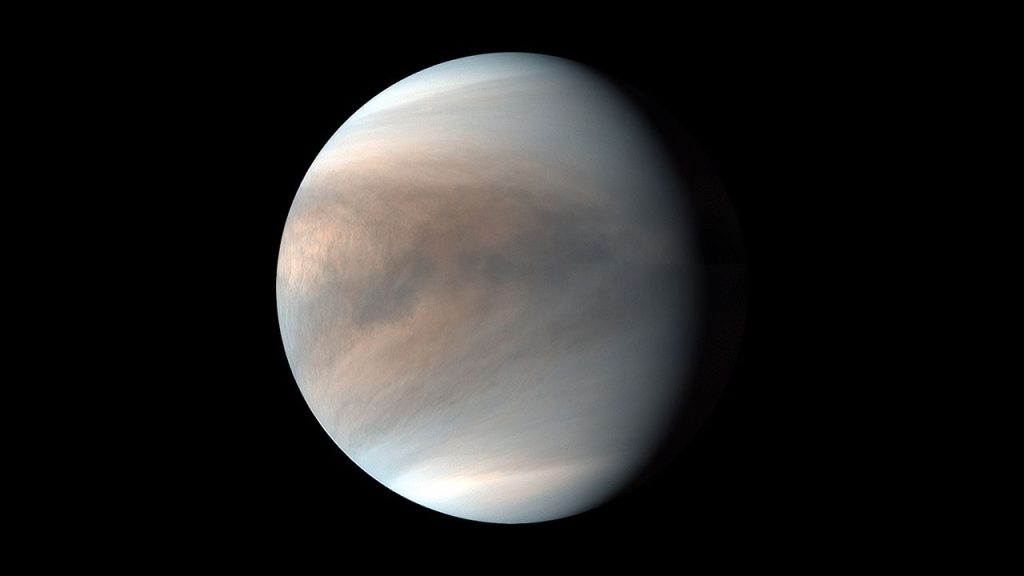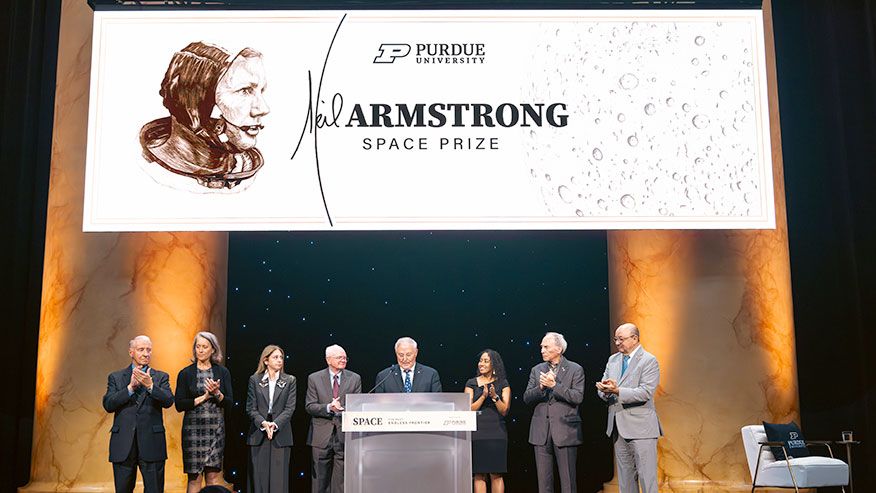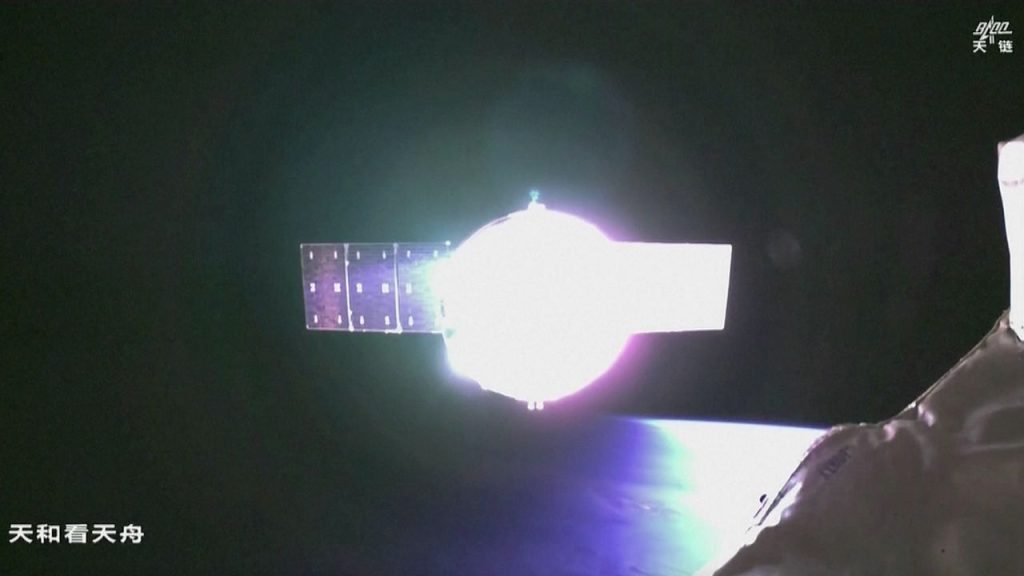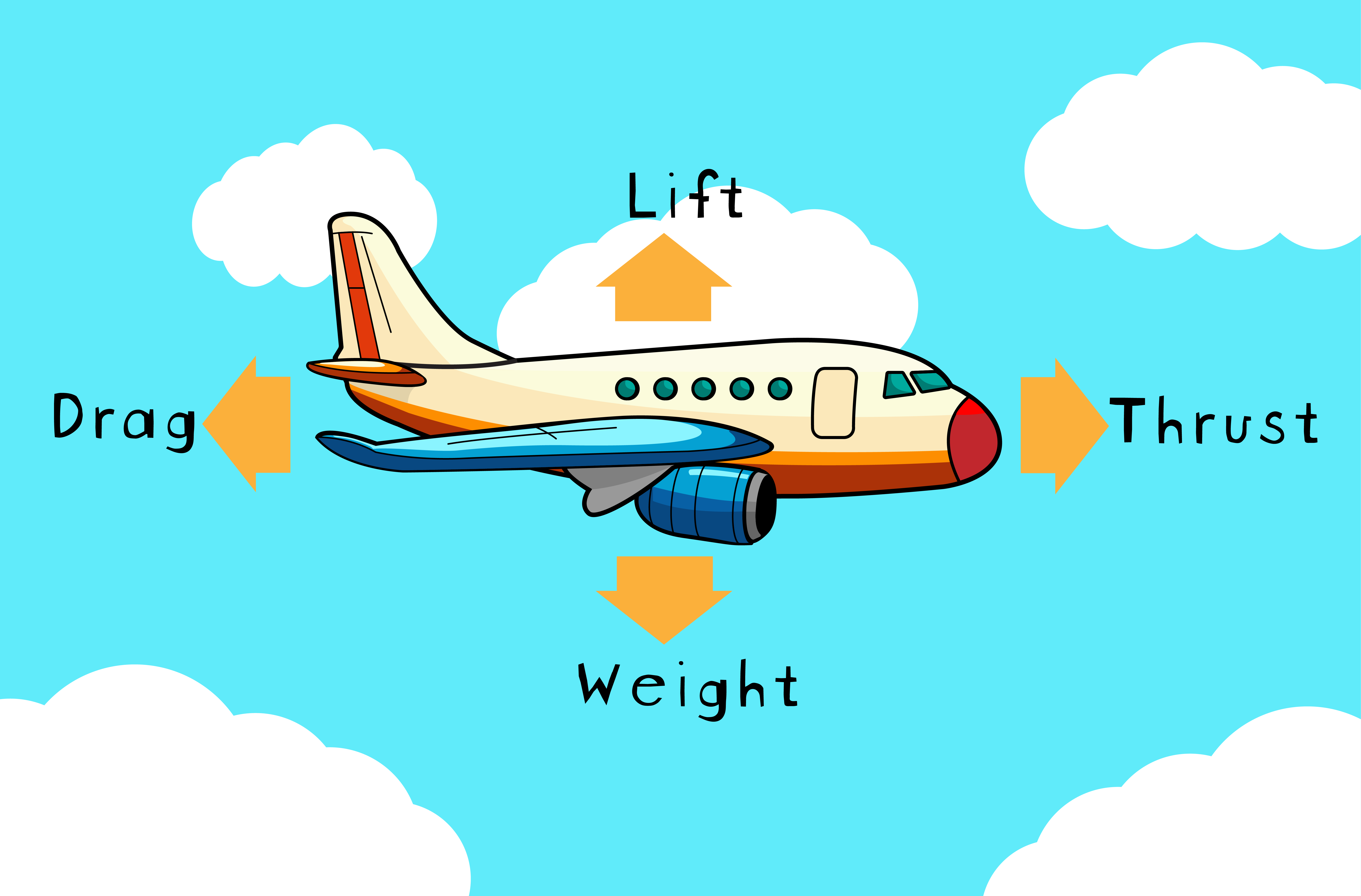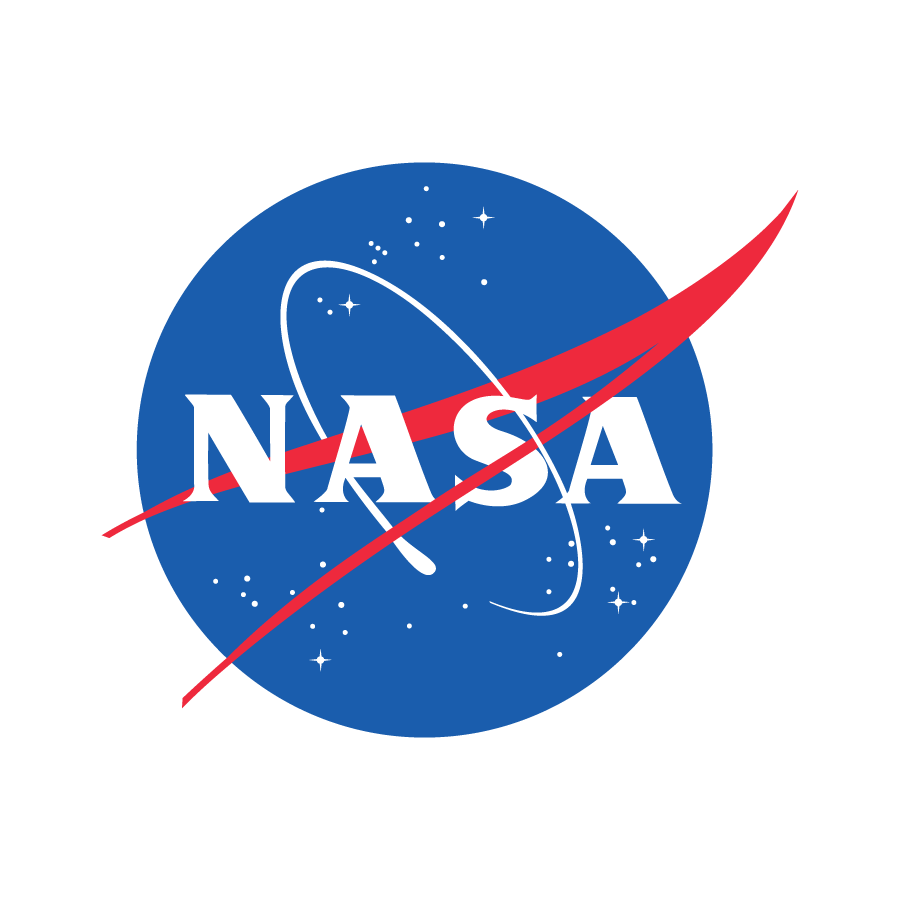Now Reading: NASA Set to Launch Quantum Sensor for Precise Gravity Measurements
-
01
NASA Set to Launch Quantum Sensor for Precise Gravity Measurements
NASA Set to Launch Quantum Sensor for Precise Gravity Measurements
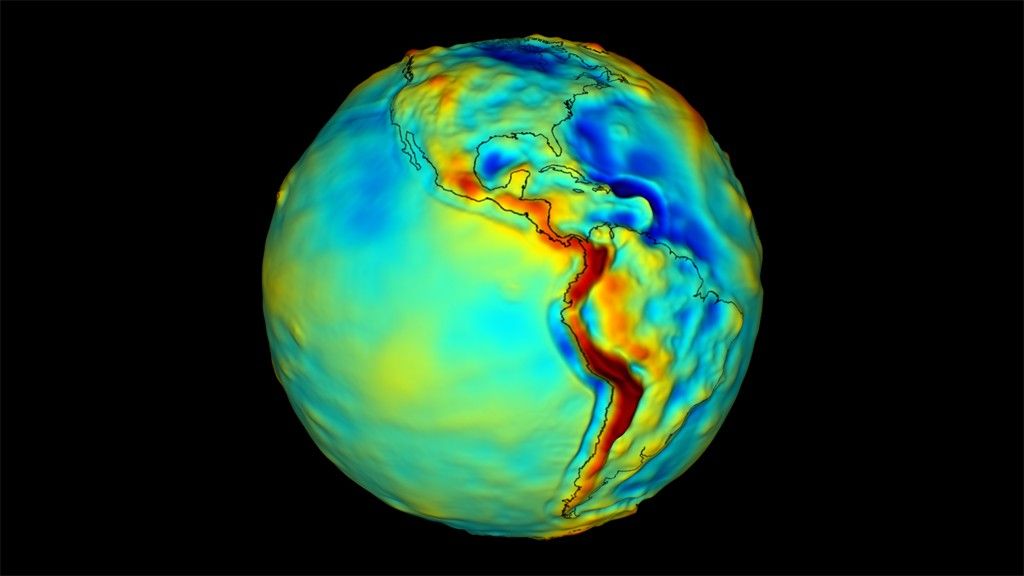
Swift Summary:
- NASA’s Jet Propulsion Laboratory (JPL) in collaboration with private companies and academic institutions is developing the first space-based quantum gravity sensor, supported by NASA’s Earth Science Technology Office (ESTO).
- The Quantum Gravity Gradiometer Pathfinder (QGGPf) will use ultra-cold rubidium atoms as test masses to measure nuances in Earth’s gravitational field.
- It aims to provide groundbreaking applications in mapping petroleum reserves, aquifers, mineral deposits, navigation, resource management, and planetary science.
- QGGPf promises ten-fold sensitivity improvements over classical sensors while being smaller (0.3 cubic yards volume) and lighter (~275 pounds/125kg).
- The mission is scheduled for a launch by the end of this decade to validate new technologies manipulating light-matter interactions at atomic scales.
- Collaborators include small businesses like AOSense and Infleqtion for sensor technology advancement and vector systems from NASA Goddard Space Flight Center.
Indian Opinion Analysis:
India could benefit substantially from technological advancements like the QGGPf instrument.With its diverse geography that includes vast aquifers, mineral-rich regions across its terrain such as the Himalayas or Deccan Plateau, a tool enabling precise underground resource mapping could bolster ecological conservation and sustainable extraction efforts. Furthermore, leveraging sensitive gravity data may enhance disaster preparedness strategies for tectonic-related phenomena like earthquakes.The technology also holds potential within India’s scientific ambitions: collaborating or adopting similar innovations to advance planetary research under flagship initiatives such as ISRO’s Chandrayaan-series missions.As global scientific collaborations grow around quantum sensing breakthroughs-India can position itself better on emerging continents’ hosted-core user research across practical physics-adopting advances climate-responsive decision tools
















